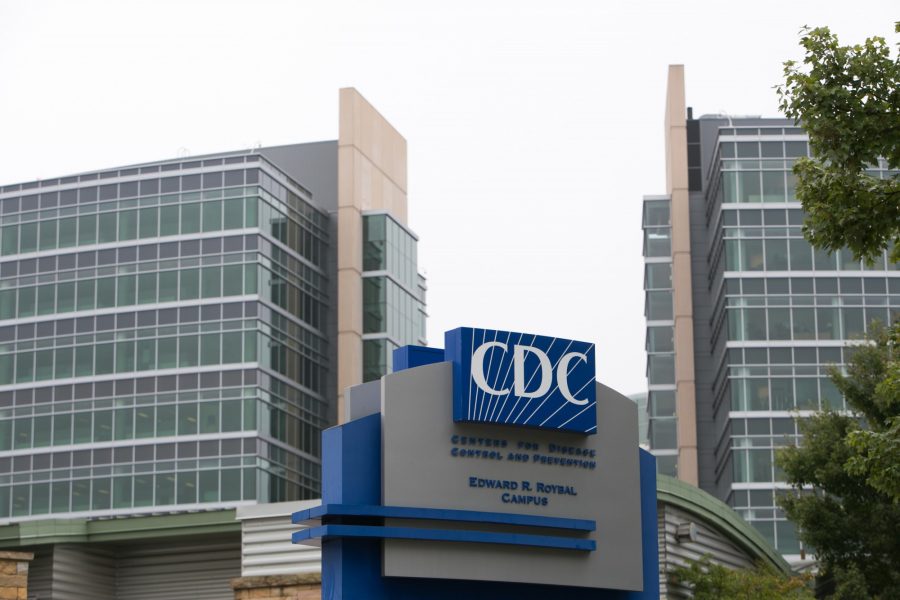Last week, the Centers for Disease Control and Prevention changed its guidelines regarding self-isolation for people who test positive for COVID-19. According to the new guidelines, “for most persons with COVID-19 illness, isolation and precautions can generally be discontinued 10 days after symptom onset and resolution of fever for at least 24 hours.”
In other words, the CDC is recommending that people do not need a second test for COVID-19 after they recover, but rather after 10 days, they are free to stop isolation. However, the CDC noted that “a limited number of persons with severe illness,” including those who are immunocompromised, may need to self-isolate for up to 20 days.
“At first, [that number] was 14, and for most people, I think 10 is adequate,” said Will Humble, former director of the Arizona Department of Health Services and the current executive director for the Arizona Public Health Association.
With regards to asymptomatic carriers of the virus, which the CDC estimates are anywhere from 20% to 40% of people infected, “isolation and other precautions can be discontinued 10 days after the date of their first positive [diagnostic] test for SARS-CoV-2,” according to the updated guidelines.
RELATED: CDC estimates 40% of people infected with COVID-19 are asymptomatic
The process for a diagnostic test — also called an RT-PCR test — involves a swab that reaches the back of the throat through the nose. After the test, if completed, patients will typically be asked to return back home and self-quarantine until the results come back.
The sample from the swab will undergo a polymerase chain reaction test in a laboratory that is able to look for the genetic material of the SARS-CoV-2 virus: RNA.The enzyme reverse transcriptase — or RT — is able to convert the RNA from the sample into DNA. The newly formed DNA is amplified using the PCR test, which can form a million copies of the DNA in the matter of just 20 cycles. PCR is a relatively quick and effective way to amplify genetic material in order to get a measurable result.
Typically, a fluorescent dye is added to the sample of (now increased) DNA in order to detect its presence, according to eMedicineHealth. If the patient has the SARS-CoV-2 virus, then the RNA will be converted to DNA and then amplified. The dye will then cause fluorescence, which allows the scientists to visualize the results. Voila, the patient tests positive.
On the other hand, if the patient is not infected with the virus, there will be no RNA in the first place, so no DNA can be formed from the reverse transcriptase enzyme. No DNA can be amplified and no fluorescence can be visualized.
RELATED: What are the different tests for COVID-19 and how do they work?
The CDC also notes that virus fragments have been found in patients up to three months after the onset of the illness, although “infectiousness is unlikely” from the pieces of the virus.
The 10-day recommendation is for individuals who test positive for COVID-19 and are asked to self-isolate. On the other hand, people who are exposed to the virus without a definitive test result are still asked to quarantine for 14 days.
Follow Amit Syal on Twitter









